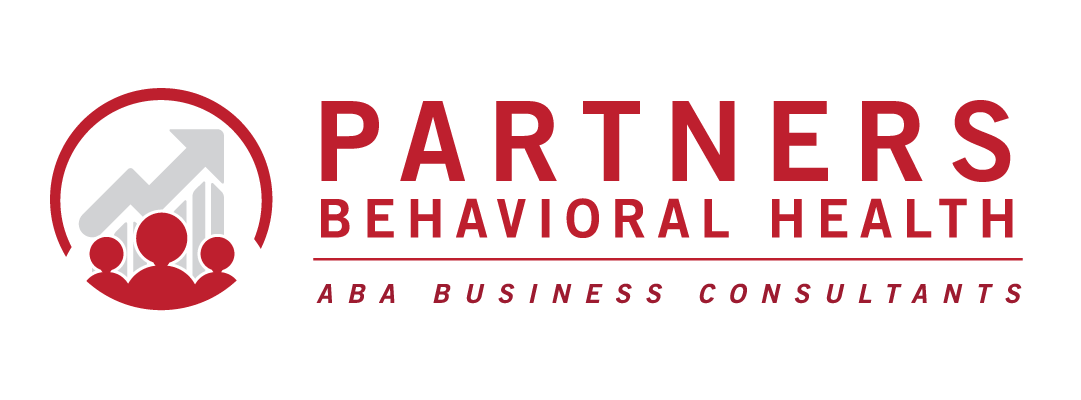Writing a business plan is an extremely important part of the business planning, start-up, and growth/scaling processes. Business planning should be done in conjunction with budgeting and financial planning. Together, they will help give you an understanding of what will be involved, associated costs, when certain things need to be done or expenses taken on, and a fuller picture that you may not have otherwise had, even if you’ve done this before.
Our business planning template includes a thorough outline of all essential elements that should be included. Furthermore, it includes detailed instructions for each section, sample content, links to additional resources, visuals, and worksheets.
If you would like to access our comprehensive business plan template, click here: https://partnersaba.com/product-and-service-packages/business-plan. It will be uploaded shortly.
To access the accompanying budget and projections calculator, click here: https://partnersaba.com/product-and-service-packages/five-year-financial-projections-template. It will be accessible shortly.
To access a webinar on the financial planning process click this link: https://partnersaba.com/blog/financial-planning-for-aba-and-autism-service-provider-companies-video
The following is the table of contents from our business plan temlplate. Whether you are writing your business plan from scratch, or using our template, these are sections you may want to conisder including.
Table of Contents
- Executive Summary 5
- Legal Information 5
- The Problem 5
- The Solution [Company Name] Offers 5
- Mission Statement 6
- Vision Statement 6
- Values 6
- Business Overview 7
- Philosophy and Unique Value Proposition 7
- Primary Activities of [Company Name] 7
- List of Clinical and Therapeutic Services 7
- Regulatory Considerations 7
- Referrals to External Providers 8
- Additional [Company Name] Activities 8
- Market Analysis 9
- Target Customers 9
- Customer Needs 9
- Market Overview (TAM, SAM, SOM) 10
- Competition and Risk Analysis 13
- Direct Competitors 15
- Indirect Competitors 16
- Competitive Advantages 16
- Risk Factors 17
- Summary of Analysis 19
- Marketing Plan 19
- Funding and Referral Source Categories 19
- Promotions and Distribution Plans 19
- Building a Community Online 21
- Recruiting and Retention of Clinical Employees 28
- Recruiting 28
- Retention 29
- Operations Plan 31
- Milestones and Timelines 31
- Phase 1 – Financials & Feasibility Analysis 31
- Phase 2 – Business Planning 31
- Phase 3 – Set Up Entity 32
- Phase 4 – Set Up Program 32
- Phase 5 – Initiating Services (Training & Support of Program Staff – 2 Months) 33
- Phase 6 – Ongoing Management (monthly) 34
- Accomplishments 34
- Key Operational Processes 35
- Key Performance Indicators 36
- Organizational Structure 38
- Management Team 39
- Staff Members 39
- Board Members 41
- Operations Team Gaps 42
- Milestones and Timelines 31
- Financial Model 42
- Revenue: Model, Pricing, and Assumptions 42
- Expense Assumptions 43
- One Time Expenses 43
- Non-Employee Expenses 43
- Employee Expenses 43
- Financial Projections 44
- Financial Summary 44
- Projected Profit and Loss Projections 44
- Projected Balance Sheet Projections 46
- Projected Cash Flow Statement 48
- Expenses 50
- Details About Round Being Raised 51
- Required Capital/Funding Goal 51
- Allocation of Funds 51
- Source of Funds 51
- Exit Strategy 51
- Appendices 52
- Appendix A – Revenue Model, Pricing, and Assumptions 53
- Appendix B – Detailed List of “Other” Expenses 53
- Appendix C – Detailed Employee Expenses 54
- Appendix D – Employee Headcount 57
- Appendix E – Charts 59
- Total Revenues 59
- Salary Expenses 60
- Total Expenses 60
- EBITDA 61
- Net Income 61
- Cash Flow 62
- Appendix F 62
Suggested external resources:




